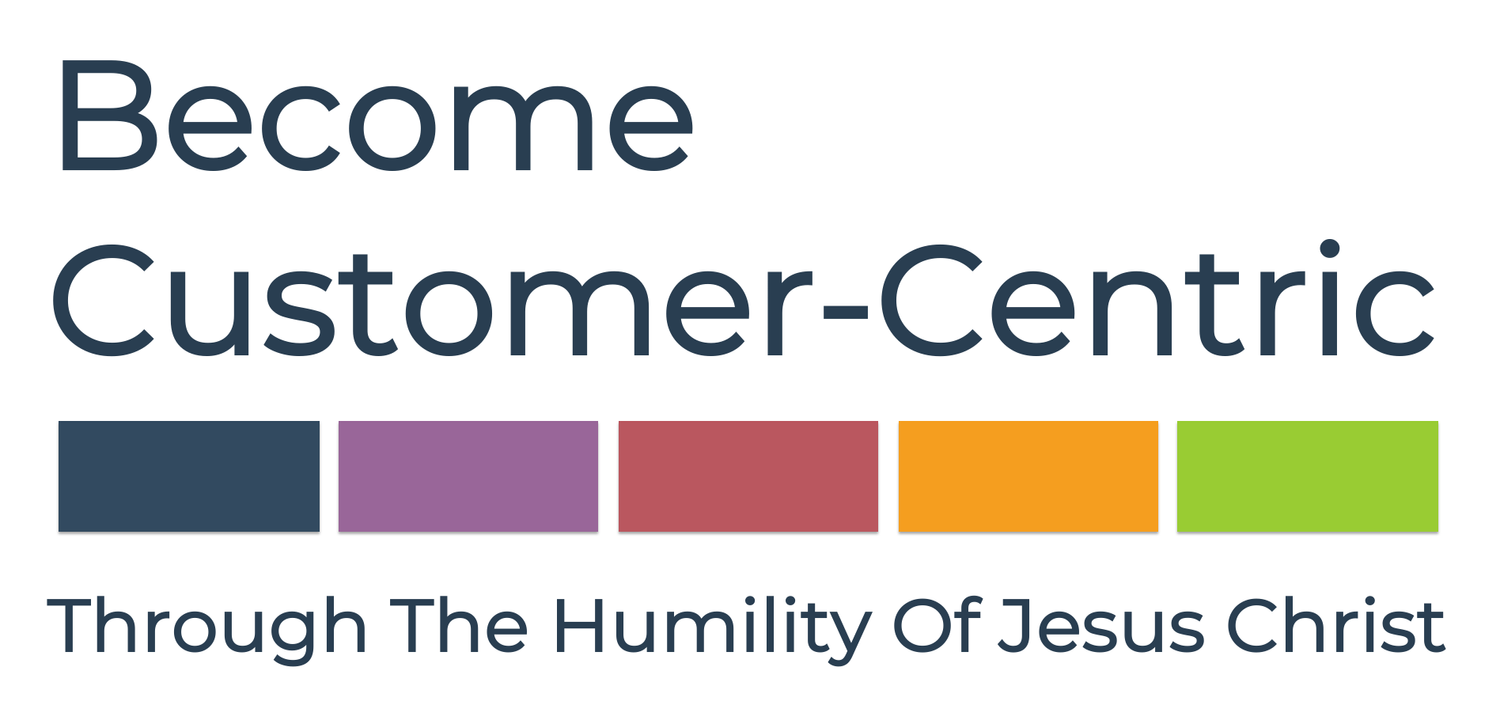Pillar 4 of the Customer-Centricity Maturity Model
Process & Methodology
This area focuses on the approach that the business takes to delivery customer experience improvements through a customer-led mindset. It looks at the key characteristics of how hypotheses are created and prioritised, the design process for CX improvements, and how changes to the CX are analysed and learnings gained and shared.
The Assessment Points
4.01 CX Improvement
Hypothesis Approach
The process and insights behind developing CX improvement hypotheses is critical to the success of a business looking to become more customer-centric.
The more a business employs user research, data insights, heuristics, prior customer experience learnings and other information streams in to a CX improvement hypothesis; the greater chance the change will be successful and provide additional user behavior insights.
4.02 CX Change Prioritisation
There are infinite improvements any business could make to its overall customer experience. The key to growing a business is prioritising which of those UX and CX improvements to invest in, in which order.
Having an intelligent framework that considers the ease at which a UX or CX change can be applied, the potential impact of the change, the customer learnings that fed into the hypothesis and ensuring the change is aligned with the strategic business objectives, will lead to the most significant commercial impact for the business.
4.03 CX Design Process
No matter how informed a UX or CX improvement or change may be, the design process is just as crucial to its success.
Interdepartmental workshops lead by a senior CX leader stimulate creative ideation and positive collaboration, and a UX designer should incorporate various specialisms from the wider team (e.g. persuasion and psychology techniques) into their design process to increase its chance of positively impacting the customer experience.
4.04 QA and UAT Process
Before implementing UX changes, a rigorous QA process, often including UAT (tested in the “real world” by the intended audience) is necessary.
This reduces the possibility of any changes breaking the site and inducing a negative user experience, as well as certifying that all aspects of a the UX improvement, whether big or small, are working correctly.
4.05 Product & User Experience Change Analysis
The approach to analysing (where possible) the post user experience and product change impact determines what learnings will be take moving forward.
Despite the impact (positive, negative or flat), a specialist in this area can extrapolate data and build a user story that can inform business decisions and decide future UX and CX improvements the business will invest in.
4.06 UX and CX Change Insights & Learnings Report
Such a document provides detailed analysis of a UX or CX change and its impact. Crucially, it will highlight new insights into user behaviour for different audiences.
Shared with the wider business, a UX or CX change insights and learnings report will visualise the significant impact becoming more and more customer-centric is providing the business.




